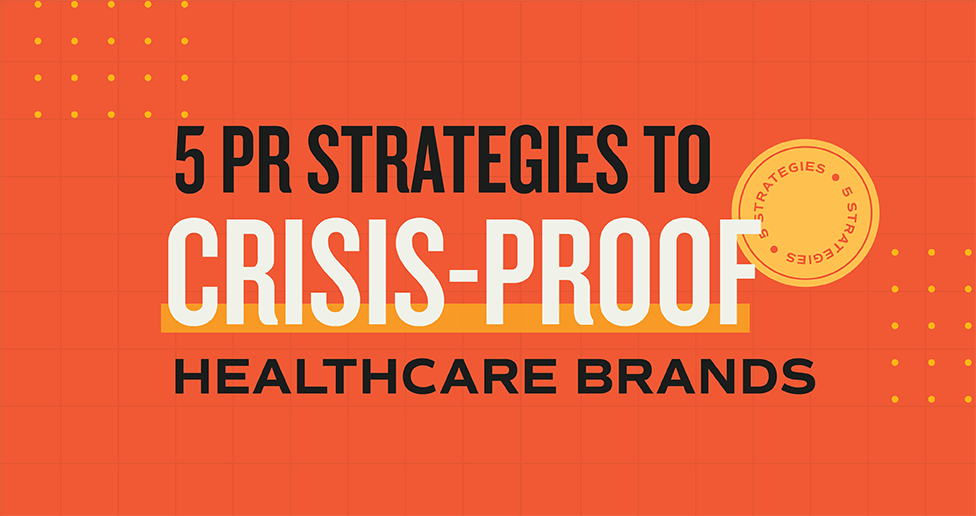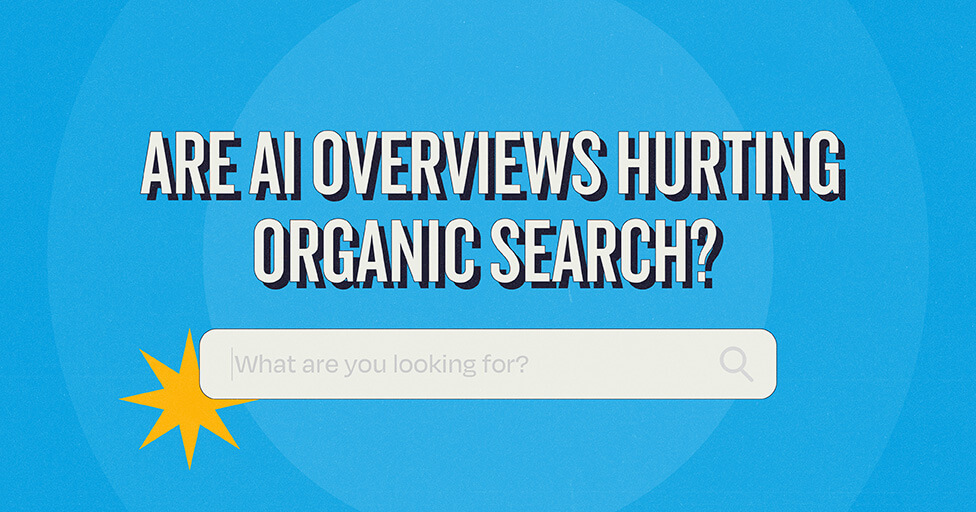
All press is good press. It’s an old saying in the PR industry. But does it still hold true today?
We live in a particularly difficult environment for brands. As communicators, we have always been concerned with self-inflicted wounds. A faulty product. A leaked memo. Disgruntled employees taking to a picket line (or more recently a social media platform). Historically, these events were somewhat predictable or identifiable then manageable with the right team and communications plan in place. No category of brand was immune, but these blunders were so universal that the playbook of “address, minimize and make right” was enough to salvage a reputation. Even for healthcare organizations, while the reputational snags may be unique to the industry, the process by which we problem-solved was much the same.
In the last two weeks, though, we have seen big brands caught in crossfire that was both unavoidable and unimaginable. Tylenol and Starbucks were thrust into the public spotlight with stories tangential to their daily operations. Tylenol, the leader in the acetaminophen category, took a direct hit when the current administration took aim at the drug, declaring its possible side effects for pregnant woman and children. Meanwhile, Starbucks, the well-known yet ailing coffee chain, was thrown into the spotlight when it became associated with political activist, Charlie Kirk. No matter what side of the political aisle you’re on, it has been a challenge to navigate for both brands. Not only were they plastered all over every major news outlet, but their social media managers have likely had many sleepless nights monitoring the unending comments across their various online accounts.
But all press is good press, right? Right? Unfortunately, no. Not in today’s media environment.
Therefore, we must put a brand on the offensive to get ahead of the press. This is especially true for healthcare brands that may be most at risk in today’s political climate. We have a plethora of new channels and processes by which we can tell our story, and taking those steps now — before crisis hits — can be the difference between those who survive one of these hiccups, and those who are taken down by them.
Here are 5 ways that all healthcare organizations can be working to give themselves the best chance of coming out healthy on the other side of media crisis.
1. Build and Own Communication Channels
- Develop hospital-owned platforms (blogs, newsletters, podcasts, video series) that communicate directly with patients, staff, and the broader community.
- Ensure these channels highlight both clinical expertise and human stories.
- Reduce your reliance on traditional media and ensure the hospital always has an outlet for rapid, unfiltered messaging.
2. Prepare for Crisis as the Default
- Move from a mindset of “crisis communications as insurance” to “crisis communications as routine readiness.”
- Establish always-on monitoring systems (social listening, review management) to detect early signs of reputational risks.
- Run regular simulations with leadership teams (e.g., cyberattack, malpractice claim, political controversy, viral patient complaint).
- Create pre-approved messaging frameworks for fast deployment. Don’t forget the internal process to back up your messaging (e.g., what phone number are your providing people who had a bad experience, who answers the customer service emails and where do they route concerns).
3. Position the CEO and Clinical Leadership as Thought Leaders
- Train the CEO, Chief Medical Officer, and other senior leaders to communicate effectively across multiple formats—traditional press, town halls, podcasts, and social media.
- Encourage proactive thought leadership: op-eds, conference speaking, or public health updates. You want your leaders to be seen as authoritative, human, and accessible voices in moments of uncertainty.
4. Integrate Communications With Public Affairs
- Align the hospital’s messaging with policy and advocacy priorities (e.g., funding, regulations and community health issues).
- Maintain active relationships with local and national health reporters, policymakers, and trade media so that positive narratives have channels to spread.
- Ensure consistency across internal comms, patient messaging, and external lobbying/advocacy to avoid getting caught in contradictory or reactive positions.
5. Invest in Your Digital Footprint and Influencer Engagement
- Recognize that reputational battles now often play out first on social platforms and influencer channels.
- Build relationships with local influencers, community leaders, and patient advocates who can amplify trusted messages. They are often the first people the digitally savvy public looks to for validation in uncertain times.
- Establish a digital-first content team skilled in rapid video production, social graphics, and storytelling to respond in real-time. This ensures the hospital is not only reacting but also shaping discourse proactively.
In today’s media climate, nobody – especially in healthcare – can afford to leave their reputation to chance. The stakes are too high, and the headlines move too fast. Proactive communication isn’t just a nice-to-have; it’s a strategic necessity. That’s where we come in.
Our team specializes in helping organizations like yours anticipate challenges, craft compelling narratives, and stay ahead of the story—before it defines you. Whether you’re navigating a crisis, building thought leadership, or strengthening your digital presence, we provide the strategy and support to keep your reputation resilient.
Subscribe to our newsletter
Get our insights and perspectives delivered to your inbox.


